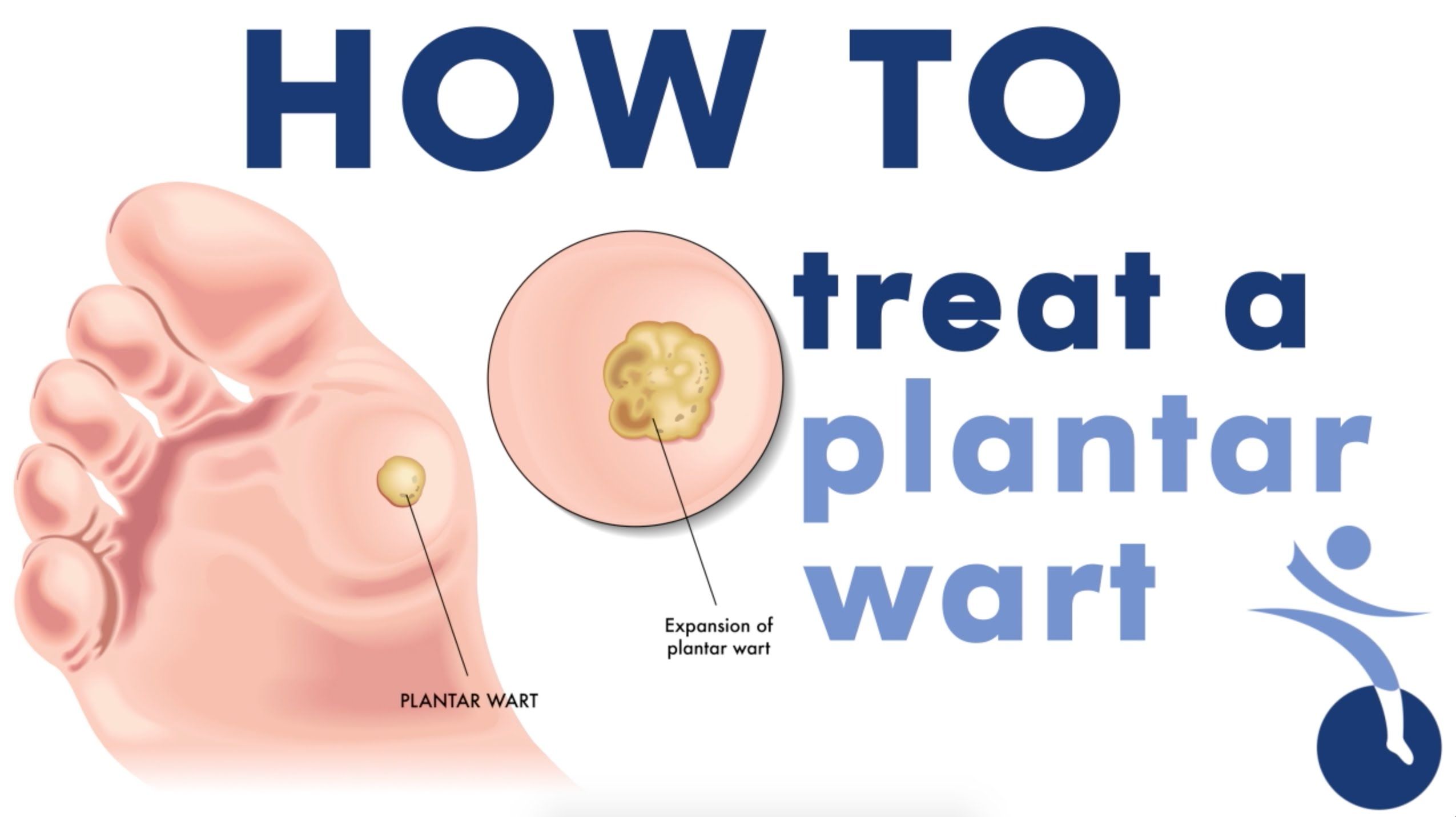How to fix a planters wart. How to Treat Plantar Warts: Effective Home Remedies and Medical Options
What are plantar warts and how do they develop. How can you identify a plantar wart. What are the most effective treatment options for plantar warts. When should you see a doctor for plantar wart treatment. How long does it take for plantar warts to go away with treatment.
Understanding Plantar Warts: Causes and Symptoms
Plantar warts are small, grainy growths that typically appear on the soles of the feet. They are caused by the human papillomavirus (HPV) entering the body through tiny cuts or breaks in the skin on the bottom of the foot. While often harmless, plantar warts can become painful, especially when walking or standing.
Key symptoms of plantar warts include:
- A small, rough, grainy growth on the bottom of the foot
- Hard, thickened skin over a well-defined spot on the foot
- Black pinpoints in the center of the growth (tiny clotted blood vessels)
- Pain or tenderness when walking or standing
- A circular flat spot on the skin with a depressed area in the middle
- Yellowish appearance, sometimes with a crusty surface
Can plantar warts spread? Yes, plantar warts are contagious and can spread to other areas of the foot or to other people. However, they are most contagious to the person who already has them. To prevent spreading, avoid touching or scratching warts, keep feet clean and dry, and don’t go barefoot in public areas like locker rooms or swimming pools.
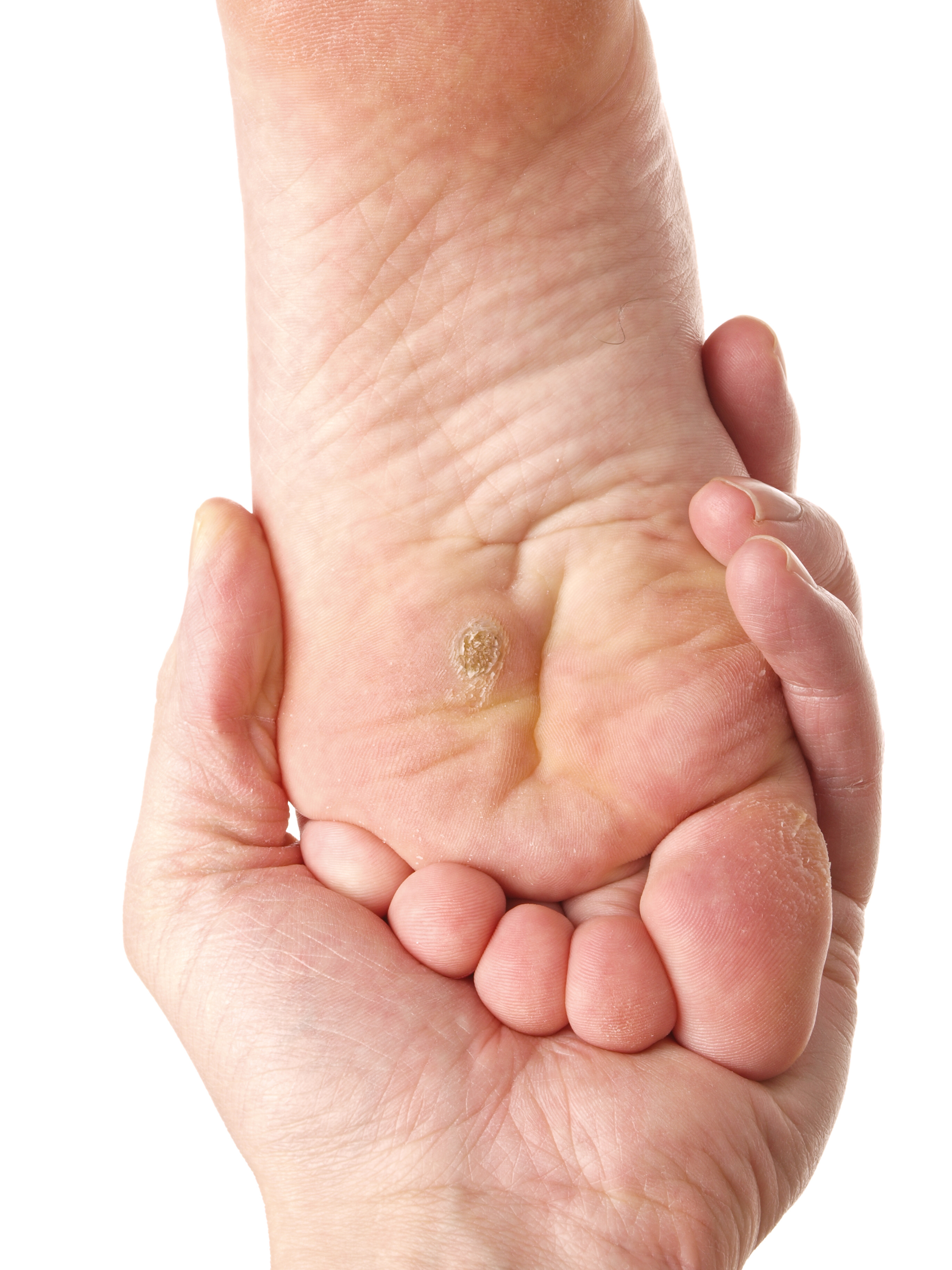
Home Remedies for Treating Plantar Warts
The Duct Tape Method
One of the most popular and cost-effective home remedies for plantar warts is the duct tape method. This approach works by depriving the wart of air and sunlight, which can cause it to die off naturally. Here’s how to use duct tape for wart removal:
- Cut a small piece of duct tape to cover the wart completely.
- Apply the tape directly over the wart, like a bandage.
- Leave the tape on for 6 days.
- After 6 days, remove the tape, soak the wart in warm water, and gently debride it with a pumice stone or emery board.
- Leave the wart uncovered overnight.
- Reapply fresh duct tape the next morning.
- Repeat this process for up to 2 months or until the wart disappears.
How effective is the duct tape method? While not scientifically proven, many people find success with this method. It’s low-risk and worth trying before moving on to other treatments.
Over-the-Counter Treatments
For faster results, you can combine the duct tape method with over-the-counter wart medications. Look for products containing salicylic acid, which helps to gradually peel off the infected skin. Here’s how to use OTC treatments effectively:
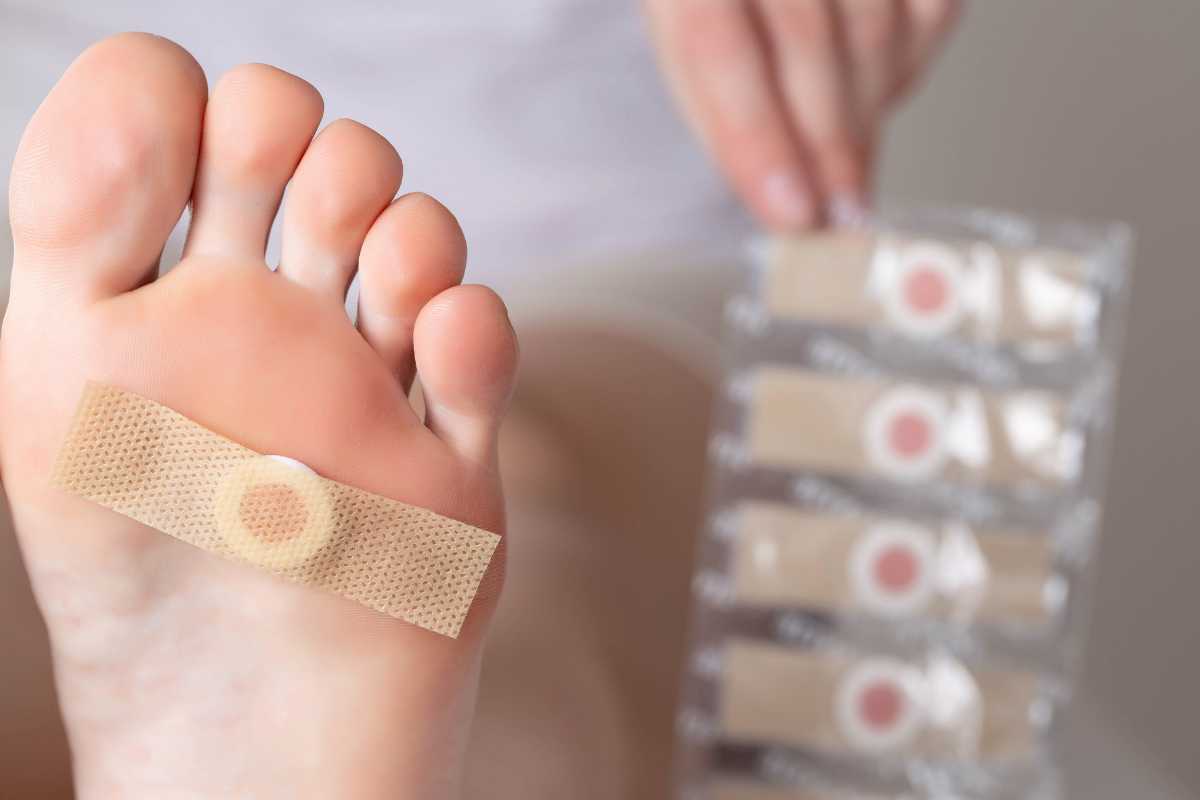
- Choose a product with 17% salicylic acid for best results.
- Apply the medication directly to the wart, ensuring full coverage.
- Allow the medicine to dry completely.
- Cover with duct tape for added effectiveness.
- Reapply daily, following the product instructions.
- Once or twice a week, remove dead skin after soaking the foot in warm water.
Is salicylic acid safe for all users? While generally safe, those with diabetes or circulation problems should consult a doctor before using salicylic acid treatments.
When to Seek Professional Treatment for Plantar Warts
While many plantar warts can be treated at home, there are situations where professional medical intervention is necessary. You should consult a podiatrist or dermatologist if:
- The wart is causing significant pain
- Home treatments have been ineffective after several weeks
- The wart is spreading or multiplying
- You have diabetes or a weakened immune system
- You’re unsure if the growth is actually a wart
How do doctors diagnose plantar warts? Typically, a visual examination is sufficient for diagnosis. In some cases, a doctor may perform a biopsy to confirm the diagnosis or rule out other conditions.

Medical Treatments for Stubborn Plantar Warts
When home remedies fail, medical professionals have several effective treatments at their disposal:
Cryotherapy
This involves freezing the wart with liquid nitrogen. The extreme cold destroys the wart tissue, causing it to eventually fall off. Multiple treatments may be necessary.
Electrocautery
In this procedure, the wart is burned off using an electric current. It’s effective but may leave a scar.
Laser Therapy
Pulsed-dye laser treatment can destroy the tiny blood vessels that feed the wart, causing it to die. This is often used for persistent warts that haven’t responded to other treatments.
Prescription Medications
Doctors may prescribe stronger versions of salicylic acid or other medications like imiquimod, which stimulates the immune system to fight the virus causing the wart.
How long does professional treatment take to work? The duration varies depending on the treatment and the individual, but most people see results within a few weeks to a couple of months.

Preventing Plantar Warts: Tips for Foot Health
While it’s not always possible to prevent plantar warts, you can take steps to reduce your risk:
- Keep your feet clean and dry
- Wear shoes or sandals in public areas like locker rooms, pools, and showers
- Don’t share shoes, socks, or towels with others
- Change socks daily
- Avoid walking barefoot on warm, moist surfaces where HPV thrives
- Keep your feet moisturized to prevent cracks that can allow the virus to enter
Can boosting your immune system help prevent warts? While a strong immune system can help fight off the HPV virus, it’s not a guarantee against developing warts. However, maintaining overall health can support your body’s natural defenses.
Dealing with Recurring Plantar Warts
Some people are more prone to developing plantar warts and may experience recurring infections. If you find yourself dealing with frequent outbreaks, consider these strategies:
- Be vigilant about early treatment when new warts appear
- Consider regular use of over-the-counter wart prevention products
- Boost your immune system through diet, exercise, and stress management
- Use separate nail files and pumice stones for affected areas to prevent spread
- Consult a dermatologist about long-term prevention strategies
Is there a vaccine for the HPV strains that cause plantar warts? Currently, there is no vaccine specifically for the HPV types that cause plantar warts. Existing HPV vaccines target strains associated with genital warts and certain cancers.
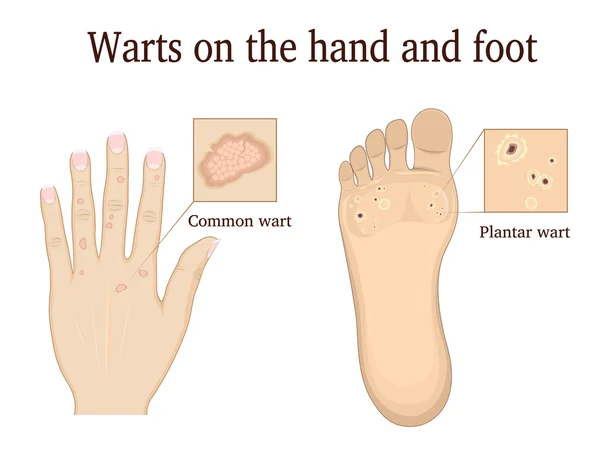
The Psychological Impact of Plantar Warts
While plantar warts are primarily a physical concern, they can also have psychological effects, especially in children and teenagers. The visibility of warts, particularly when they occur on hands or faces, can lead to embarrassment and social anxiety. For plantar warts, the pain and discomfort can limit activities and affect quality of life.
How can you support someone dealing with the emotional aspects of plantar warts?
- Educate them about the condition to reduce stigma
- Encourage open communication about their feelings
- Help them focus on treatment and prevention rather than self-consciousness
- If needed, consider counseling to address any persistent emotional distress
Remember, plantar warts are a common condition that many people experience at some point in their lives. With proper treatment and care, they can be effectively managed and eliminated.
Alternative and Complementary Treatments for Plantar Warts
While medical treatments are often the most effective, some people explore alternative or complementary approaches to treating plantar warts. These methods may be used alongside conventional treatments or as standalone options:

Apple Cider Vinegar
Some people believe that the acidity of apple cider vinegar can help kill the wart virus. To try this method:
- Soak a cotton ball in apple cider vinegar
- Apply it to the wart and secure with a bandage
- Leave overnight and repeat daily until the wart disappears
Tea Tree Oil
Known for its antiviral properties, tea tree oil is sometimes used to treat warts. Apply a drop directly to the wart several times a day, being careful not to get it on healthy skin.
Garlic
Crush a clove of garlic and apply it to the wart, covering with a bandage. The allicin in garlic is believed to have antiviral effects.
Banana Peel
Some people report success by taping a piece of banana peel (inner side down) over the wart and leaving it overnight.
Are these alternative treatments scientifically proven? While anecdotal evidence supports some of these methods, scientific studies are limited. Always consult with a healthcare provider before trying alternative treatments, especially if you have underlying health conditions.
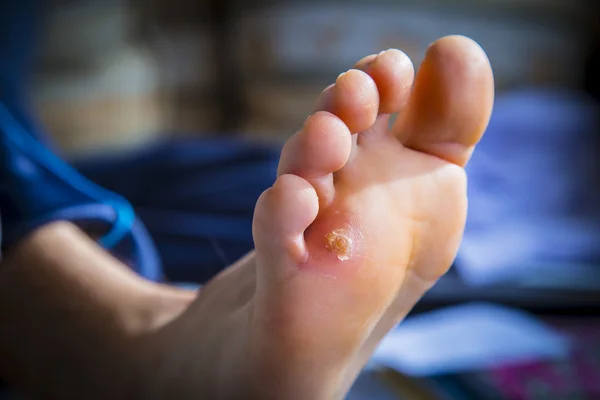
In conclusion, plantar warts can be a frustrating and sometimes painful condition, but with persistence and the right approach, they can be effectively treated. Whether you opt for home remedies, over-the-counter treatments, or medical interventions, the key is to be consistent with your chosen method and patient with the results. Remember to prioritize foot hygiene and take preventive measures to reduce the risk of future infections. If you’re ever in doubt about a growth on your foot or if treatments aren’t working, don’t hesitate to seek professional medical advice.
Duct Tape: An Effective Treatment for Warts | University of Utah Health
Download This Episode
Subscribe on Your Podcast App
Dr. Gellner: You look at your child’s hand and see a bump and you know it is a wart. Do you rush to the doctor or can you treat it at home?
Announcer: Keep your kids healthy and happy. You are now entering The Healthy Kids Zone with Dr. Cindy Gellner on The Scope.
What Are Warts?
Dr. Gellner: So warts are raised, round, rough surface growths on the skin. They occur most often on the hands and they’re not painful unless they’re on the bottom of the foot and that’s called a plantar wart. They can also hurt if you child keeps picking at them and they get infected. Unlike a callus, a wart has brown dots in it and has a clear boundary with normal skin around it.
Warts are caused by papillomavirus and are harmless actually. Most warts disappear without treatment in two or three years and with treatment they’re gone in two to three months. So how can you take care of these unsightly warts?
So how can you take care of these unsightly warts?
How to Treat Warts with Duct Tape
First it sounds strange but cover the wart with duct tape. I know, doesn’t it just seem like duct tape fixes everything? You should:
- Cover the wart with a small piece of duct tape just like you would use a band-aid. Warts deprived of air and sun exposure sometimes die without the need for topical treatments.
- Remove the tape once a week, wash the skin, and rub off any dead wart tissue. After it has dried thoroughly overnight, re-apply the duct tape.
The tape treatment may be needed for eight weeks. So find some cool duct tape that your child will like wearing.
Use Duct Tape & Wart Medication for Faster Results
To get faster results with duct tape, use an over-the-counter wart medicine. The best ones contain 17% salicylic acid.
- Put the medicine on the wart once a day enough to cover the entire wart. Be aware, do this in a well ventilated area, because the acid stinks.

- Cover the wart with duct tape after you put the medicine on the wart and the medicine has dried.
- Make sure you don’t get any of this medicine near the eyes or the mouth. The medicine will turn the top of the wart into dead skin and it will all turn white.
- Once or twice a week, remove the dead wart material by rubbing the dead skin off with a pumice stone or washcloth. The dead wart will be softer and easier to remove if you soak the area first in warm water for 10 minutes.
Are Warts Contagious? How to Keep Them from Spreading
Warts are contagious but mainly to the child that has the warts. They aren’t very contagious to other people.
If your child chews or sucks on the wart, cover the area with duct tape and change it as often as necessary. Encourage your child to give up this habit, because chewing on the warts can cause warts on the lips and or the face. If that happens, your child needs a trip to a dermatologist.
Warts can look ugly but we pretty much all have them at some point in our lives.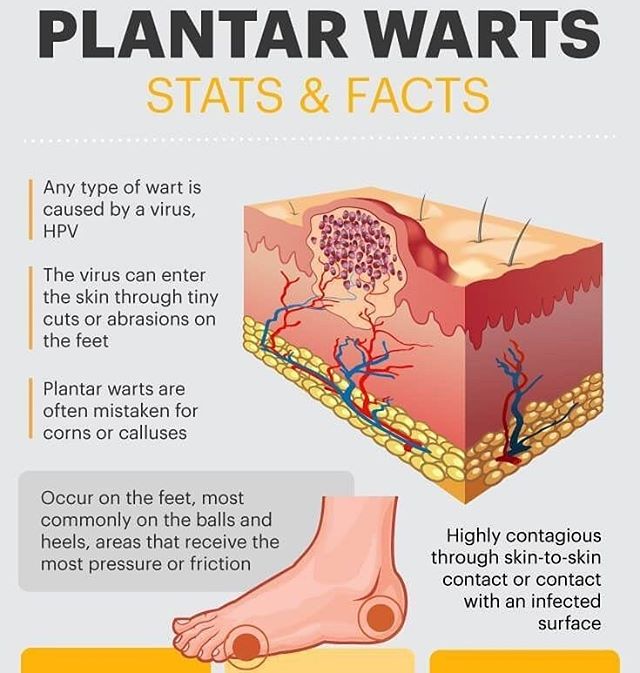 By knowing how to treat them fast and right away, you can make these ugly bumps go away quickly.
By knowing how to treat them fast and right away, you can make these ugly bumps go away quickly.
Announcer: Have a question about a medical procedure? Want to learn more about a health condition? With over 2,000 interviews with our physicians and specialists, there’s a pretty good chance you’ll find what you want to know. Check it out at TheScopeRadio.com.
updated: September 14, 2018
originally published: May 13, 2016
PLANTAR WART TREATMENT | PLANTAR WART DOCTOR IN PLANO
A plantar wart is a hard, grainy growth that usually appears on the bottom of the foot where the most pressure is absorbed. Plantar warts result when the human papillomavirus (HPV) enters the body through small cuts or wounds on the soles of the feet. Warts may spread with treatment but often go away on their own over time. Warts that continue to spread or because pain need treatment as soon as possible.
Plantar warts are the small growth beneath the skin which is caused by human papillomavirus.
SYMPTOMS OF PLANTAR WARTS:
Plantar warts can be very painful. One of the principal side effects, you may see is pain or tenderness when squeezing your foot while walking, standing or running.
When the wart has shaped, you’ll see a roundabout level spot on the skin with a depressed region in the center. The wart may seem yellowed, with a crust, or even have a dark spot in the center.
DIAGNOSIS:
If you feel you have a plantar wart, you should check in with your podiatric physician. It tends to be difficult to tell how much the wart has developed underneath the skin. You should see your podiatrist if the wart is causing you pain or spreading to another area.
Your doctor can assist you with figuring out which treatment is best for you dependent on how deep the wart is. In the event that the wart is recurrent, for instance, your podiatric physician may pick an alternate treatment to guarantee its removal.
Most of the time your podiatrist diagnoses plantar warts with one of these techniques.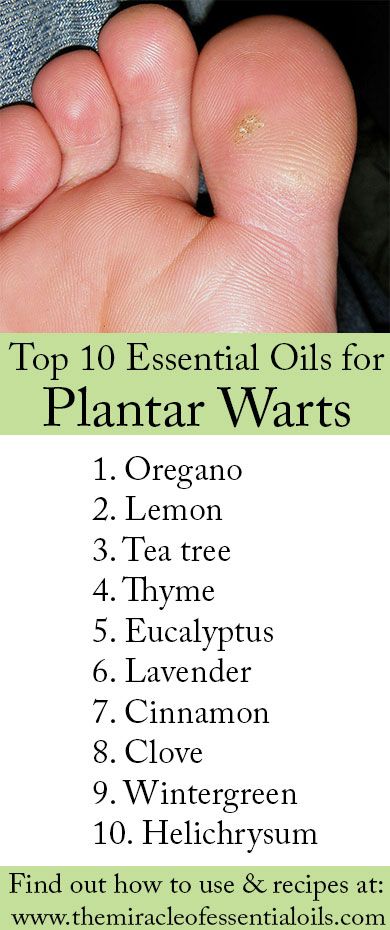
- He examines lesion.
- Checking for signs of dark and pinpoint dots. (Tiny blood vessel clots).
- They remove a small section of lesion and send that to a laboratory.
PLANTAR WARTS TREATMENT:
Now and again, a plantar wart will resolve normally. Different cases may require treatment. You can treat a plantar wart a couple of various ways, either by seeing your podiatric physician or treating the wart at home. Medicines include:
- A salicylic acid cream skin cream that can “burn” off the wart.
- Fluid nitrogen, which can be utilized to “freeze” of the wart.
- Curettage, which includes removing the wart.
- Medication applied to the wart.
Home remedies are often ineffective at treating warts, causing them to spread to other areas of the foot. Effective treatment is needed to permanently eliminate them and help reduce the risk of warts spreading.
Most plantar warts are harmless and disappear without treatment, however, it might take a year or two.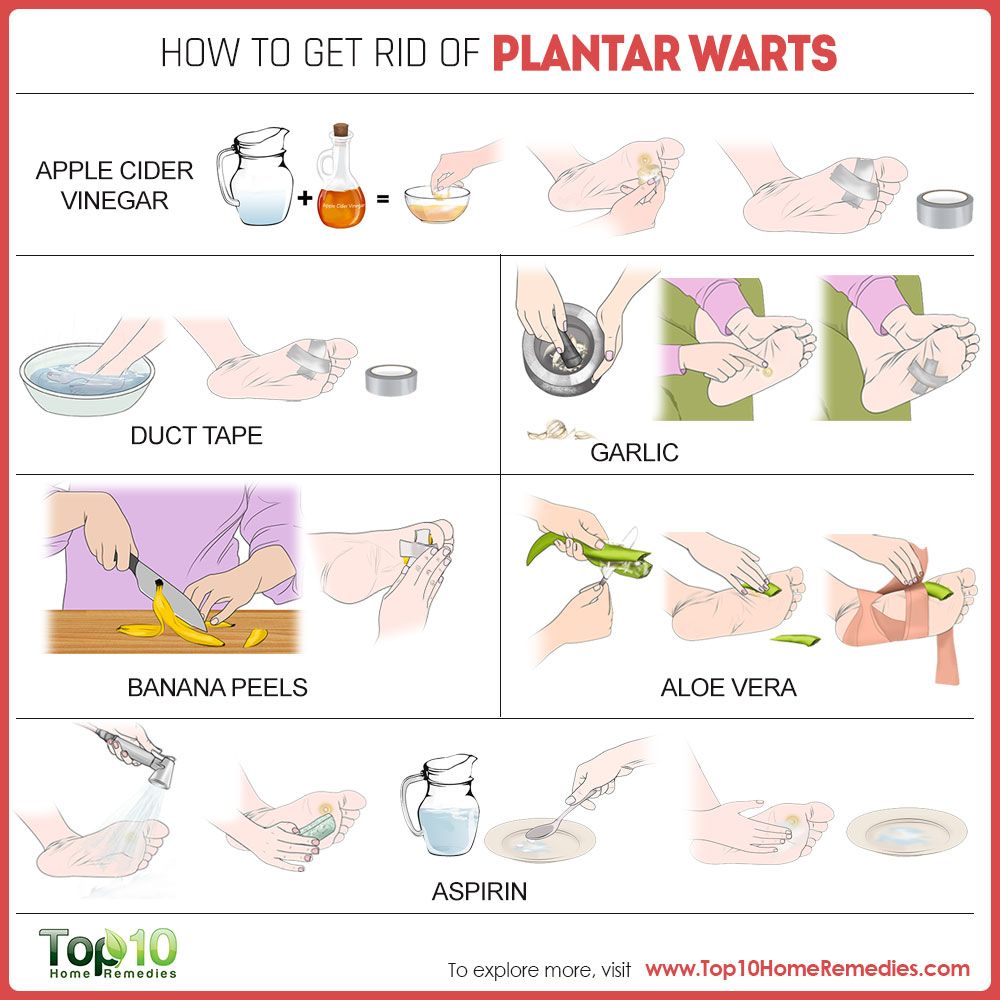 In the event that your warts are painful or spreading, you might need to have a go at treating them with over-the-counter (nonprescription) drugs or home cures. You may require many repeated medicines before warts disappear, and they may return later.
In the event that your warts are painful or spreading, you might need to have a go at treating them with over-the-counter (nonprescription) drugs or home cures. You may require many repeated medicines before warts disappear, and they may return later.
On the off chance that your self-care approaches haven’t helped, talk with your podiatric physician about these medicines
STRONGER PEELING MEDICINE (SALICYLIC ACID).
Prescription-strength wart meds with salicylic acid work by eliminating layers of a wart a little bit at a time. They may also stimulate your immune system’s capacity to fight the wart.
Your doctor will probably suggest you apply the medication consistently at home, followed by occasional office visits.
FREEZING MEDICINE (CRYOTHERAPY):
Cryotherapy done at a doctor’s office includes applying fluid nitrogen to the wart, either with a spray or a swab. This technique can be painful, so your podiatric physician may numb the region first.
There is also a chemical that can be applied in the office that can form a blister around your wart in order to remove it that is done in conjunction with cryotherapy. You may also need to re-visit the specialist’s office for repeat treatments until the wart vanishes.
PLANTAR WART TREATMENT IN PLANO, TX
If you want to see a doctor in Plano for plantar warts or for any other foot problems, you can visit Dr. Zubeen Mistry. He is specialized in foot problems and can treat your plantar warts with different new techniques. DFW Foot and Ankle Care offers several treatment options for plantar warts, using the most advanced techniques available. Dr. Zubeen Mistry works with patients to develop a plan of action that meets the patient’s individual needs. To learn more about treatment options for plantar warts or schedule an appointment, contact our office at (469) 551-8595
At DFW Foot Ankle Care, we treat Bunions and Hammertoes, Diabetic Foot Care, Fungal Nails, Heel Pain / Plantar Fasciitis, Ingrown Toenails, Minimally Invasive Surgery, Neuroma, Pediatric Foot Problems, Plantar Wart, Running Injuries and many more foot problems.